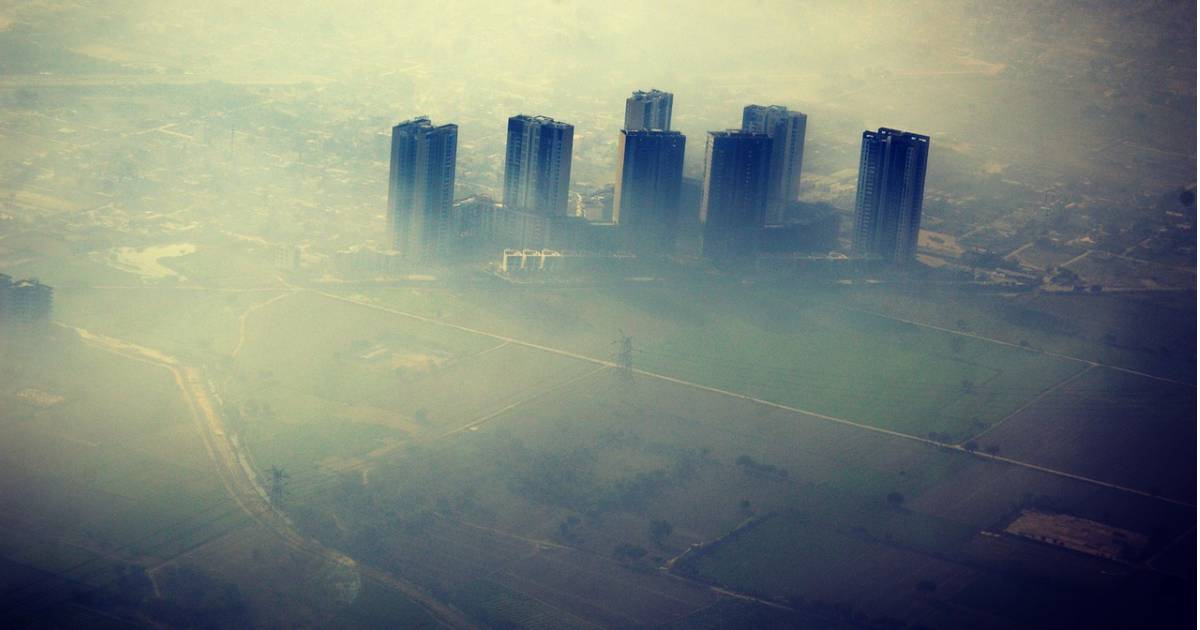
Delhi, India is often shrouded in smog, but clearer skies during lockdown aided solar electricity production | Image source: alvpics
Solar panels were working better in Delhi, India during late March and April due to clearer skies – but it’s unfortunate it took COVID-19 to enable this to this happen.
Severe air pollution events, partly attributable to coal power, have been common Delhi over the years. Back in 2017 we reported on an event that led Delhi’s chief minister to describe the city as a “gas chamber”.
The impacts on human health are significant – and also on solar energy output. A 2017 study determined just the dust and particulate matter being deposited on solar panels installed in north India may be reducing their energy yield by as much as 17%-25 % annually.
But restrictions enacted in Delhi to reduce the spread of COVID-19 resulted in notably clearer skies. While air quality in Delhi was still worse than the typical air quality in other cities, air pollution levels in late March and April were around half of what they had been in previous years over longer periods of time according to recently released research.
The researchers compared insolation1 data before and after lockdown started with previous years (2017 to 2019) and observed an 8.3±1.7 % higher irradiance than usual in late March and 5.9±1.6 % higher in April.
“PV installations in March and April received more than 6% more light in total than in previous years and will continue to generate record amounts of electricity as long as air pollution levels stay low,” states the article. “We expect the same to be true for urban PV installations in other cities with high air pollution levels and Covid-19 related restrictions.”
Reduced air pollution resulting from lockdowns was also credited with contributing to new solar energy records in Germany and the UK in April – although favourable weather patterns and increased renewables capacity played a significant role.
Flattening The Climate Curve
Lead author of the report, Ian Marius Peters of Helmholtz-Institut Erlangen-Nürnberg for Renewable Energies in Germany, says the world will emerge from the pandemic different to how it was before. (Hopefully better).
“We’ve gotten a glimpse of what a world with better air looks like and see that there may be an opportunity to ‘flatten the climate curve’,” says Dr. Peters. “I believe solar panels can play an important role, and that going forward having more PV installations could help drive a positive feedback loop that will result in clearer and cleaner skies.”
Whether this glimpse will be enough to start tackling emissions driving climate change with the same sort of fervour as the coronavirus remains to be seen.
Footnotes
- Insolation: the amount of solar radiation a surface receives in a given time period ↩

 RSS - Posts
RSS - Posts



Speak Your Mind